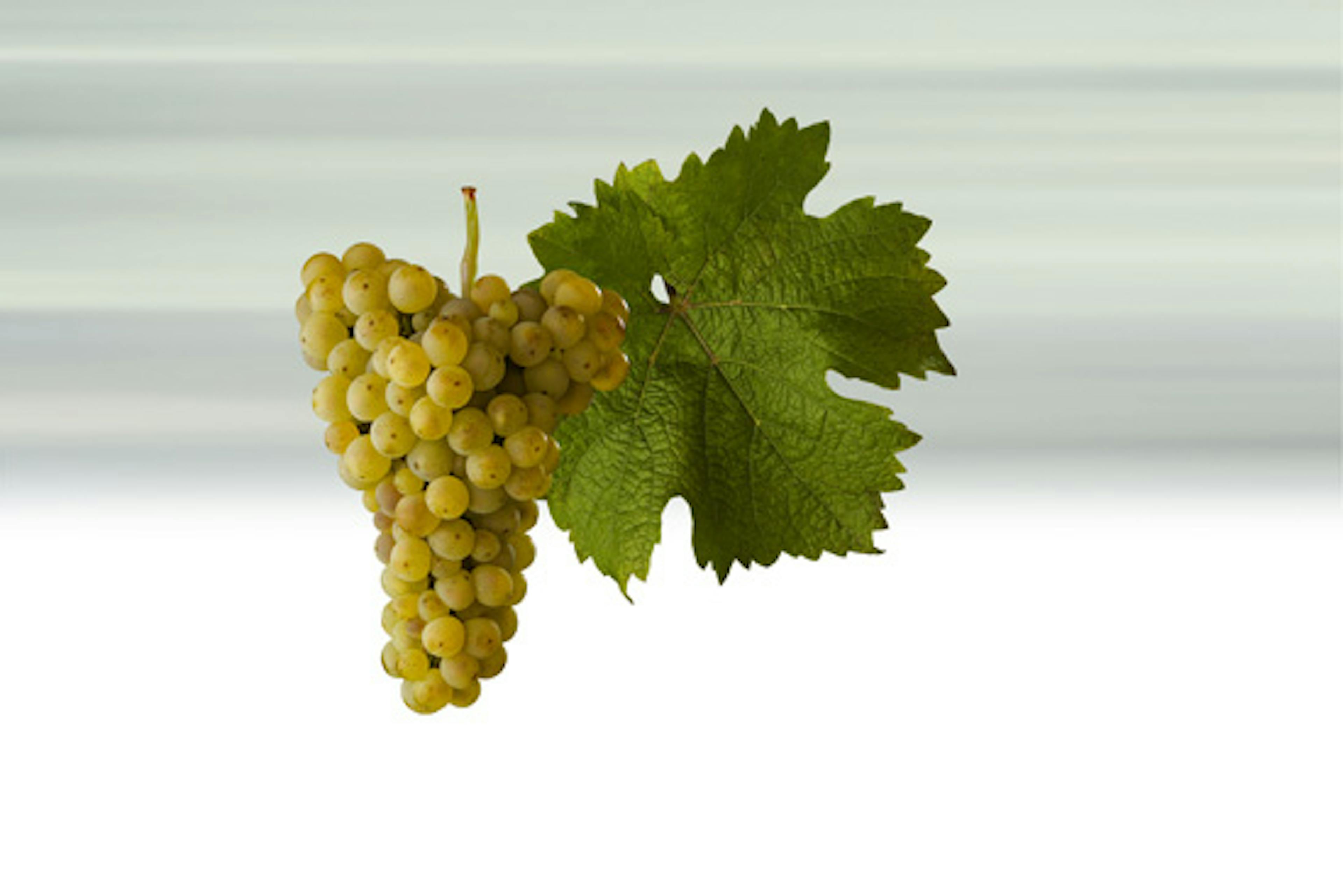Variety detail
Riesling
Basic characteristics of wine
Rhine Riesling is an ancient, prized variety used primarily for the production of high quality wines. This variety thrives very well in Litoměřice, Mělník, Znojmo, Strážnice and especially in the Slovácko subregion around the town of Bzenec.
Colour
Young Rieslings are characterized by a light greenish yellow colour. Older, more mature wines reach a golden yellow colour, sometimes even amber.
Wine aroma
It varies depending on the vintage, maturity and terroir. In younger wines, the fruit component is more pronounced - peaches, apricots or citrus fruits. Older wines then have beautiful flowery tones with a taste of honey and kerosene.
Taste
It is full, refreshing with spicy acidity, which predisposes it to long-term maturation.
Food and wine pairing

Wine profile
Interesting wines
About
Synonymum: Rheinriesling, Riesling (7% of the total vineyard plantings).
Entered in the State Register of Grape Varieties in 1941.
On the palate of Riesling wines a very great role is played by acidity and its extent of ripeness
The cultivation of this variety in Germany can be traced as far back as 1435. It was no great favourite, however, and its grapes were only used in blends with other varieties where its unique character could not be shown to the full. The reason was that the grapes of this late-ripening variety used to be picked together with all the others far too early. Only in the 18th century were its true merits recognised and that only came about by chance when, in the year 1775, a courier bringing the permission needed to pick the grapes to the Benedictine monastery of Johannisberg in the Rheingau arrived exceedingly late, having come all the way from the prior of the order whose residence was in Fulda.
The monks in the Rheingau were awaiting this news with great patience, despite the fact that a good part of the crop had fallen prey to what we now know as noble rot. As they picked they diligently kept the still-healthy grapes away from those that were half-rotten. How surprised they were to discover that the wine made from the afflicted berries made the best Riesling ever to have been drunk to that time. Today\'s genetic studies show that Riesling is probably a chance crossing of Heunisch with Traminer. Nowadays Riesling is cultivated throughout the entire world and it is lauded as one of the greatest of all white grape varieties. And its wines with special attributes are rated even more highly.
Its synonyms: Rheinriesling, Petit Riesling in France, Rajnai Rizling in Hungary, Graševina in Croatia, White Riesling in the USA and in this country it was once known as Starosvětské. Growth is medium to vigorous, upright and the leaves are medium-sized and wrinkled on the surface. The wood matures early and very well. Bunches are small to medium, with little round berries of yellowish-green colour. Skins are strong, the flesh softly aromatic.
The most typical manifestatation of the \"Riesling phenomenon\" is that of mature, dry, kabinet wines.
Riesling is the variety most resistant to conditions of extreme cold and frost. Resistance to fungal diseases is also good. Grey rot often afflicts the stems prior to the time of full ripeness causing the grapes to fall on the ground. On fully ripened grapes one can see noble rot mainly in those places where there have been frequent autumn mists. Riesling thrives on slatey south-facing positions on excellent soils that reflect heat back to the plant at night. High quality wines abound mostly in warm, less weathered Palaeozoic soils containing a high amount of slate or schist. From heavy clayey soils the wines will usually be plain, less characteristic, lacking in fruit and freshness. Crops are good and regular, grapes should be harvested as late as possible, at the end of October and in November, and are suitable for making ice-wine.
Wines from Riesling have a greeny-yellow colour and, with increased ripeness, touches of golden tint and even jade can be seen in the special attribute wines.
Riesling is also extraordinarily versatile, producing a great range of fragrances, which relate to the soil type and vintage. The nose could be of fruit - peach, unripe apples, lemon peel, quince and in softer wines even apricots and pineapple. They could also be spicy, minerally, earthy, smoky. In maturity one finds honey, marzipan, almonds and raisins. From over-hot localities one can savour paraffin and kerosene, this is when most of the berries have been burnt brown by the sun.
Mineral undertones turn to peppery spice in bottle-aged wines, which are distinguished in their elegance
On the palate of Riesling wines a very great role is played by acidity and its extent of ripeness, from the steely acidity in poorer vintages, through to the pleasing crispness and refreshing zestiness of the best years. Acidity is the necessary ingredient for all great wines of excellent vintages and it also creates the bouquet and gives the aromatic substances which are essential to good bottle-ageing at the same time. The most typical manifestatation of the \"Riesling phenomenon\" is that of mature, dry, kabinet wines. In wines with higher attributes, this phenomenon is further enhanced by the ample tones of the noble-rot ripeness. Such wines are certainly no less interesting and bring with them another type of enjoyment. Kabinet wines make a unique accompaniment to cold dishes; late-harvest a perfect match for trout and a whole range of other fish dishes in a myriad of guises; the sweet styles marry suitably with a variety of desserts. Quality wines made from Riesling are particularly suited to culinary preparations based on poultry.
Basic characteristics of quality wines:
Greenish-yellow colour, very decent and ethereal nose, with hints of lime flowers, sometimes peach, apricot, pineapple and in maturity quince. Mineral undertones turn to peppery spice in bottle-aged wines, which are distinguished in their elegance thanks to the harmonious interplay, especially that between the acidity and extractive elements.
Translation © Helena & John Baker 2004.





